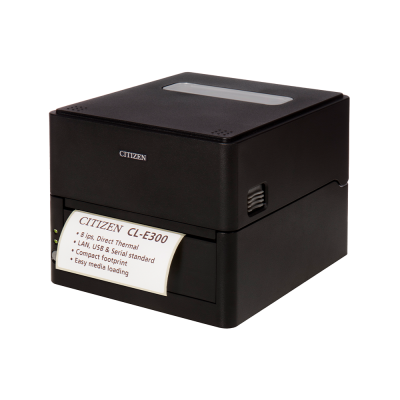Business label printers: The complete guide to making the right choice

Streamline your workday with a label printer that matches your business needs
Label printers are a key component in many companies’ daily operations, even when operating on a smaller scale. They are used to create overview, structure and traceability in both physical and digital processes.
In retail environments, they make it easy to update price tags and organize shelf locations without manual effort. In the warehouse, they help label locations, items and picking routes to avoid misdeliveries and wasted time.
For office-based functions, they are indispensable for filing, inventory management and printing name badges or internal notes.
For shipments, they ensure correct address labels and clear barcode labeling, making it easier to handle packages efficiently. Label printers are therefore not only practical, but essential for keeping the system behind the company’s outer facade running smoothly.
The technology behind it: How a label printer works
There are two main ways a label printer works: direct thermal printing and thermal transfer. Both do not require regular ink, but use heat to produce the print – the difference lies in the method and material.
Direct thermal printing activates a heat-sensitive material that changes color when heated. This makes the technology ideal for temporary markings such as shipping labels and shelf labels where longevity is not required.
Thermal transfer, on the other hand, uses a ribbon that melts dye onto the label. This gives more durable results that can withstand both light and wear – an advantage in warehouse or production environments where labels need to last over time.
The choice between the two technologies depends not only on quality, but also on the purpose and environment of the label. It is therefore important to assess how and where the labels will be used before deciding on a solution.
How to match your printer to your business needs
Businesses have different needs depending on what, where and how often labels need to be printed. For some, it’s about flexibility and quick access to labeling in changing work environments. For others, it’s capacity and reliability over long periods of time that matters most.
Small, low-volume businesses can often make do with a compact solution that can be easily placed on a desk and operated without training. If your business is shipping, warehousing or manufacturing, the demands on both print quality and robustness increase. High print demand also requires a model that can handle continuous operation without downtime.
Mobile work, such as labeling directly in store aisles or warehouses, requires flexible solutions with wireless connectivity. In addition, the availability of consumables such as label rolls or ribbons can influence the choice, especially if the printer will be used daily.
The choice of label printer should therefore be based on the company’s workflows, not just the printing function itself.
Integration and operations: Labeling as part of your workflows
When label printers are integrated with the company’s other systems, labeling becomes an automated and reliable part of operations. This reduces the risk of manual errors and ensures that data is routed directly from the IT system to the label – without detours.
In many cases, it is possible to connect label printers with order management, inventory management or POS solutions so that information such as product names, prices or barcodes are transferred automatically. This saves time and reduces the need for double-entry, which is an advantage when resources are scarce.
Operations also become more manageable when labels are used consistently and strategically. This applies to both daily work and follow-up, where correct labeling makes it easier to track goods, identify locations and ensure an overview in both physical and digital contexts.
In this way, labels become not just part of a practical process, but a tool that supports structure, security and continuity in business workflows.









